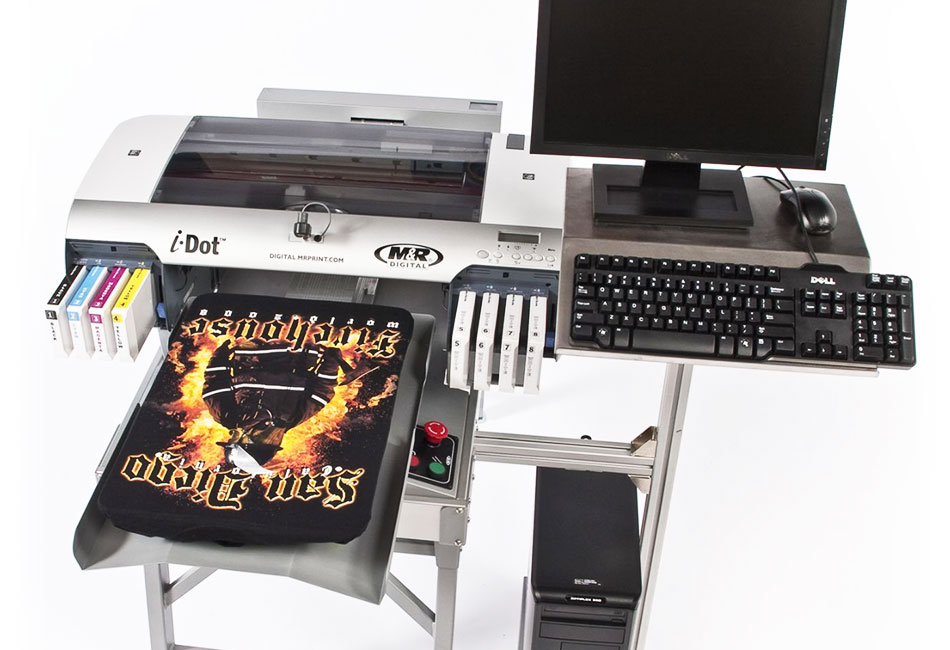$0.00
With so many different options out there for decorating your custom apparel or promotional products, how do you know when to use each method? Each decoration option comes with certain pros and cons as well as some limitations.
To make things easy, most of our products have a recommended or default decoration method and our dedicated team is always here to assist you if you have any questions. To make things even easier, the custom logo experts at iDesign have broken down the major decoration techniques below. Jump to the decoration type you want to learn more about using the links below and click into each section for more information on our custom capabilities for each decoration type.

